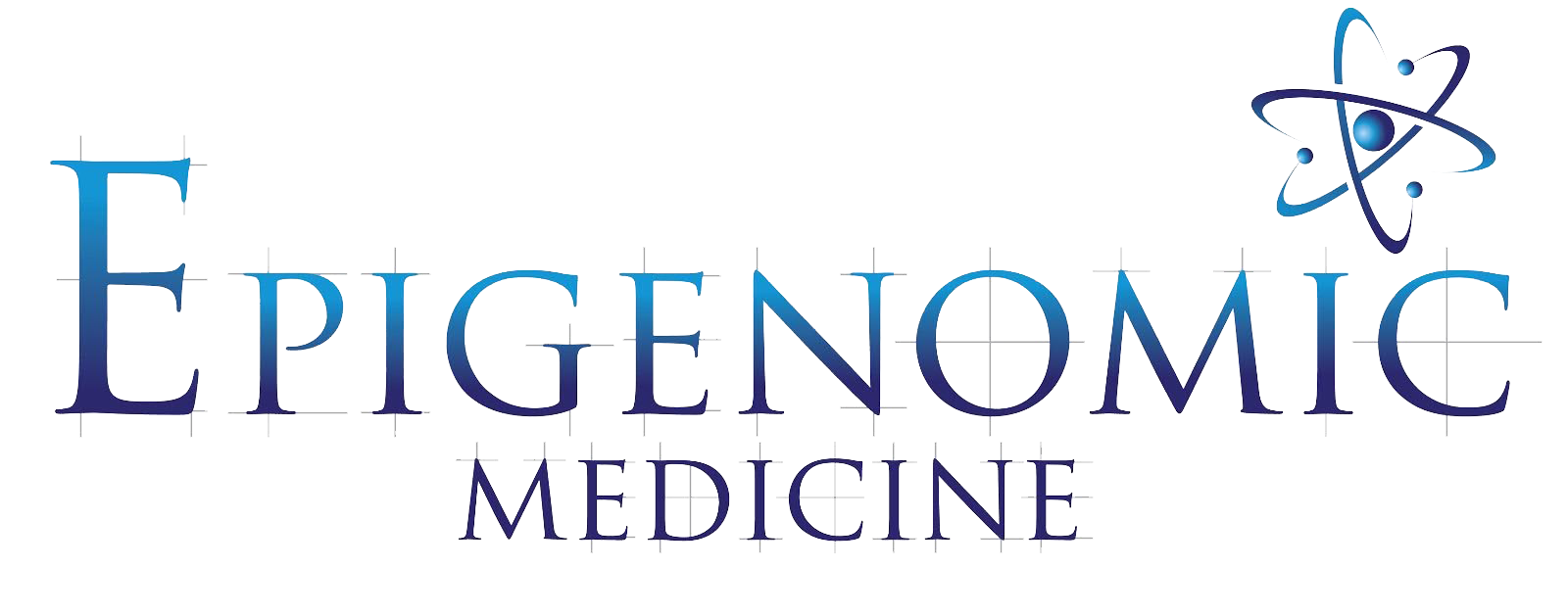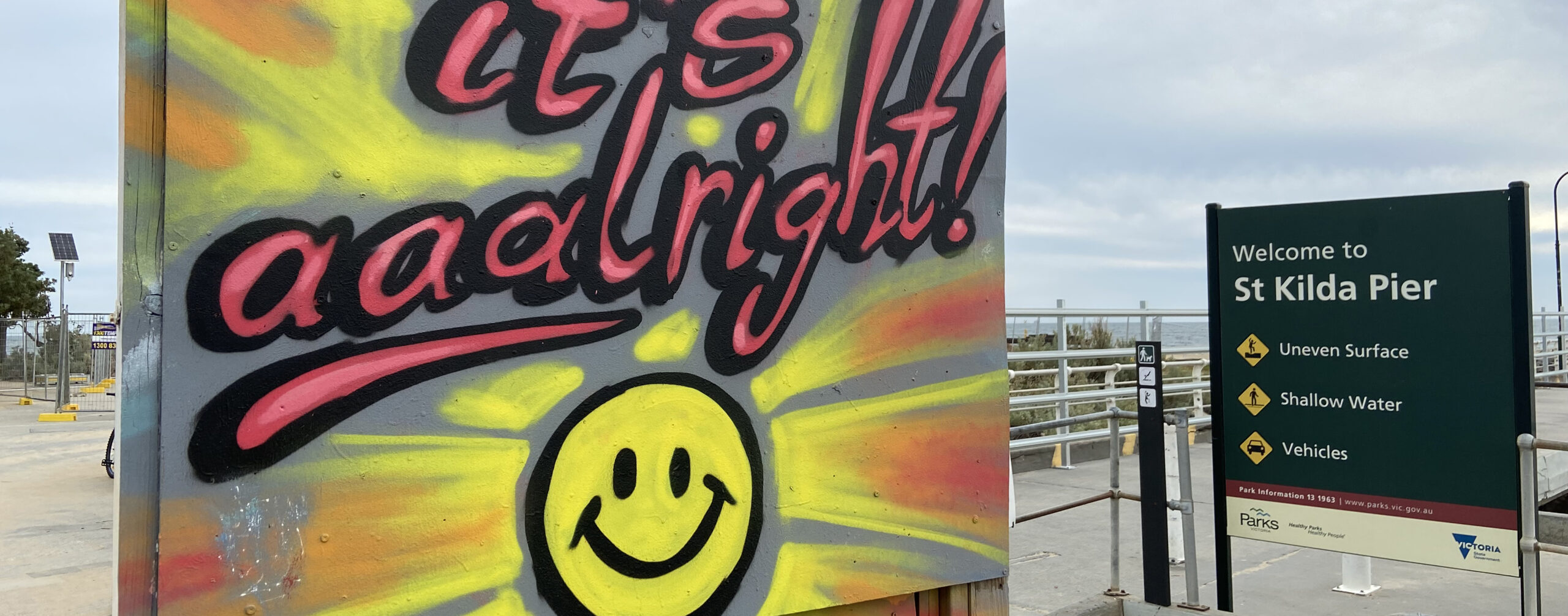has profoundly impacted societies worldwide, not only in terms of physical health but also mental well-being. Amidst the physical symptoms, a curious and concerning phenomenon has emerged – the association between COVID-19 and Broken Heart Syndrome (BHS). Also known as Takotsubo cardiomyopathy or stress-induced cardiomyopathy, BHS is a temporary heart condition often triggered by emotional stress, and its connection to COVID-19 raises important questions about the intricate interplay between physical health and emotional states.
Understanding Broken Heart Syndrome
Broken Heart Syndrome is characterized by a sudden weakening of the heart’s left ventricle, the chamber responsible for pumping oxygenated blood to the body. It often mimics a heart attack, with similar symptoms such as chest pain and shortness of breath. However, unlike a heart attack caused by blocked arteries, BHS is generally precipitated by intense emotional or physical stress. The exact mechanisms behind BHS are not fully elucidated, but it is believed that a surge of stress hormones, such as adrenaline, can temporarily stun the heart, leading to the characteristic symptoms.
The COVID-19 Connection
The link between COVID-19 and BHS has become increasingly apparent as the pandemic progresses. Many individuals infected with the virus have experienced heightened emotional distress due to factors such as isolation, fear, loss of loved ones, and economic uncertainty. Additionally, the physical stress of battling the infection itself, coupled with the systemic inflammation it triggers, might contribute to the development of Broken Heart Syndrome. Recent studies suggest that BHS associated with COVID-19 is more common among older adults and those with pre-existing cardiovascular conditions, highlighting the complex interrelationship between physical health, emotional well-being, and susceptibility to stress-induced cardiac events.
Biopsychosocial Implications
The convergence of the physiological and psychological aspects in the context of COVID-19 and BHS underscores the biopsychosocial model of health. This model emphasizes that physical health is not merely the absence of disease, but a holistic state influenced by biological, psychological, and social factors. The stress and emotional upheaval brought about by the pandemic can trigger physiological responses that impact the cardiovascular system. Conversely, a weakened heart can further exacerbate emotional distress, creating a feedback loop that perpetuates both physical and emotional suffering.
Conclusion
Broken Heart Syndrome associated with COVID-19 illuminates the intricate connections between emotional well-being and physical health. As the pandemic continues to evolve, acknowledging these connections is crucial for healthcare professionals, policymakers, and society at large. Efforts to address the toll of the pandemic must extend beyond managing the virus itself to encompass supporting individuals’ mental health, fostering social connections, and understanding the potential impact of emotional stress on cardiovascular health. By recognizing the interplay between the heart and the mind, we can navigate these challenging times with greater resilience and emerge stronger as a global community.

